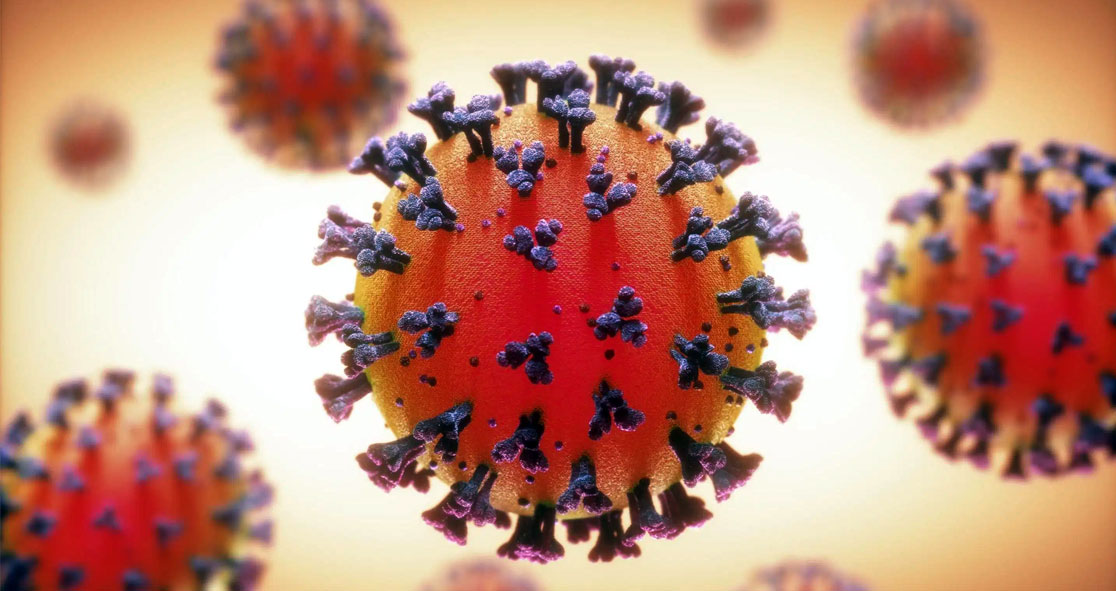For better control of the COVID pandemic, we need not only widespread vaccination but also effective treatment strategies that work best for all patients.
Researchers from Massachusetts General Hospital (MGH), Brigham and Women’s Hospital, and the University of Cyprus have developed a mathematical model that incorporates information about the known infectious machinery of the novel coronavirus, which causes COVID-19.
More importantly, the model incorporates information about the “potential mechanisms of action of various treatments that have been tested in patients with COVID-19,” according to Medical Xpress.
The researchers described the model and its important clinical applications in the journal Proceedings of the National Academy of Sciences (PNAS).
Corresponding author Dr. Rakesh Jain of MGH said, “Our model predicts that antiviral and anti-inflammatory drugs that were first employed to treat COVID-19 might have limited efficacy, depending on the stage of the disease progression.”
Dr. Jain and the team found that in all COVID patients, the viral load in the blood increases during early lung infection, but then may go to other organs from Day 5, depending on levels of T cells, key immune guardian cells.
In younger patients, especially those who are below 35 and have healthy immune systems, there is sustained recruitment of T cells, which is accompanied by a reduction in viral load and inflammation, eventually lowering the risk of blood clot formation and restoring oxygen levels in the lung tissues. This process helps patients to recover quickly.
However, patients with higher levels of inflammation at the time of infection, especially those with diabetes, obesity, or high blood pressure and those with immunocompromised conditions, have less effective immune responses.
Using the math model, the researchers propose that optimal COVID treatment for older patients should include heparin (a blood clot-preventing drug), an immune response-modifying drug in the early stages of the infection, and dexamethasone (a corticosteroid that treats inflammation) at later stages.
The team also specified a specific treatment strategy in patients with comorbidities such as obesity, diabetes, high blood pressure, or immune system disorders. That includes drugs targeting inflammation-promoting substances like cytokines and drugs that can inhibit the renin-angiotensin system.
The current work shows how tools originally developed for cancer research can be useful for understanding infectious diseases like COVID-19.
The math model based on biology was first developed to analyze the involvement of the renin-angiotensin system in the development of fibrous tissues in tumors.
However, the model has been repurposed to study COVID infection and its treatment strategies.
The researchers are further developing the model so they can use it to examine the dynamics of the immune system in response to different types of COVID vaccines and cancer-specific comorbidities. The article originally appeared on Medical Xpress.























